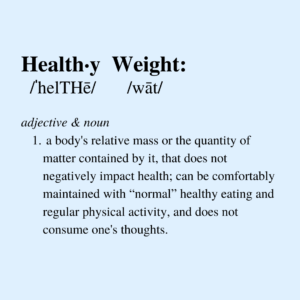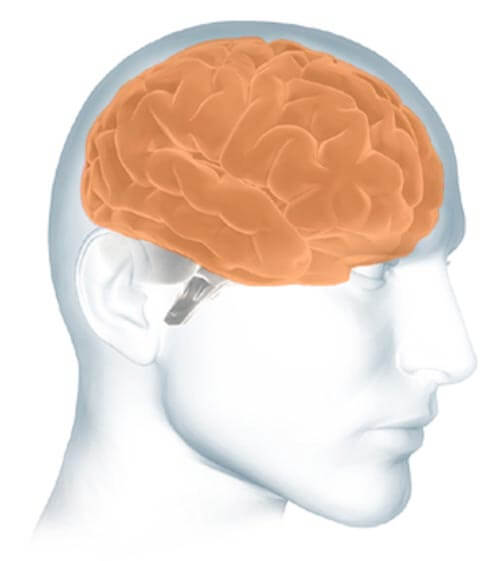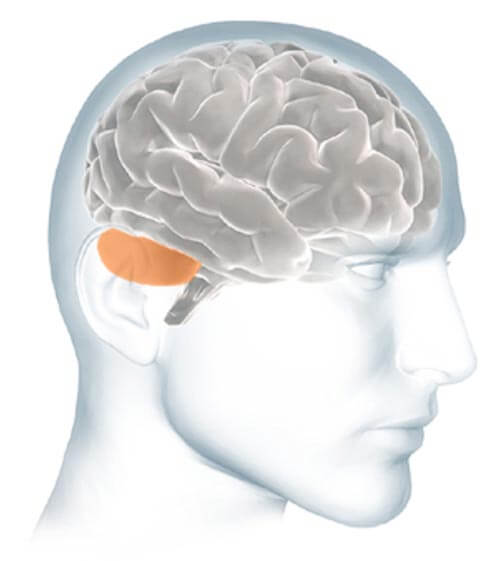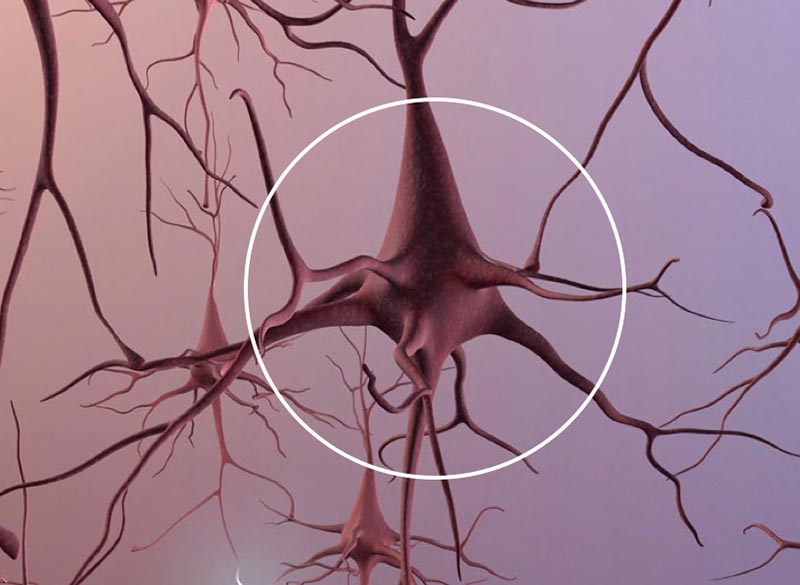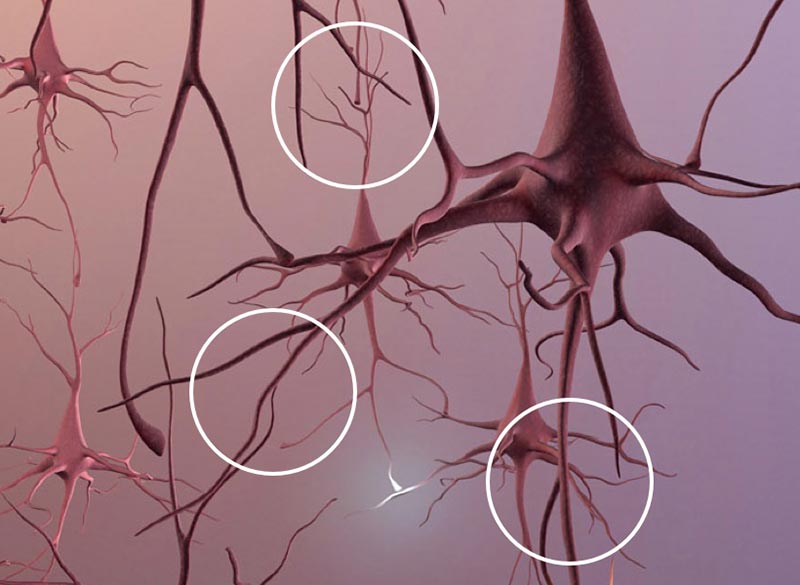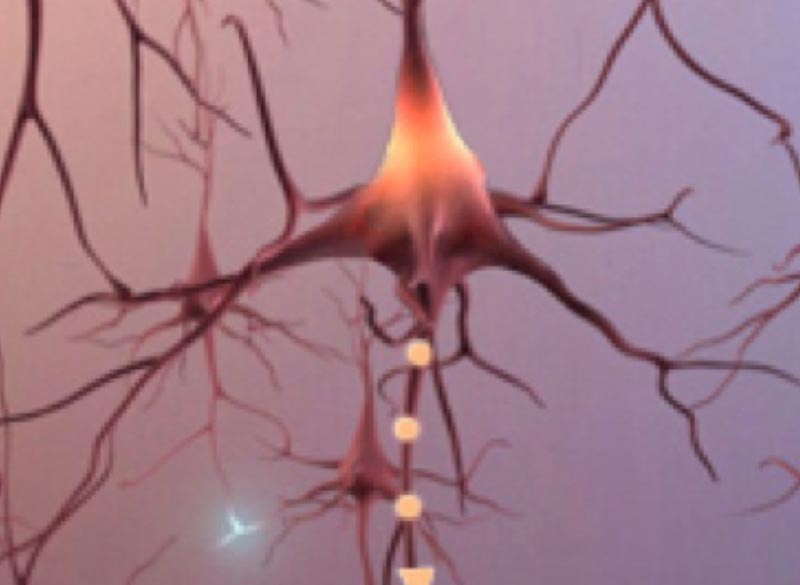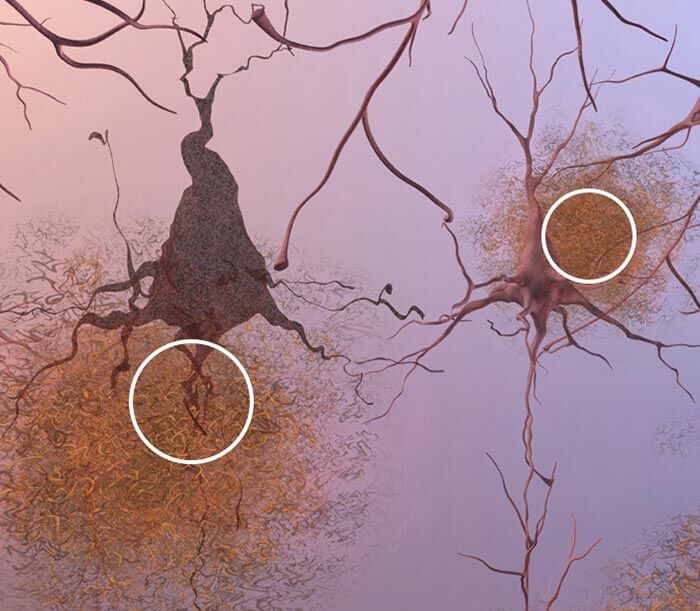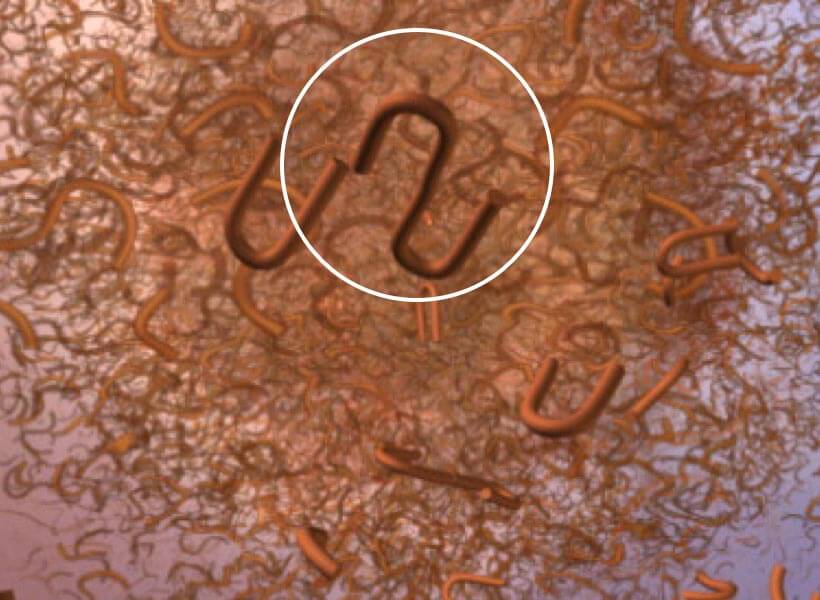[vc_row][vc_column width=”1/6″][/vc_column][vc_column width=”2/3″][vc_column_text]Understanding the cellular mechanisms of insulin resistance helps us choose more effective therapeutic interventions for the treatment and prevention of prediabetes, type 2 diabetes, polycystic ovarian syndrome, and other chronic health disorders. Insulin resistance contributes to most chronic disease in America, a country with world-renowned health care, yet 90 percent of people who have this condition have not been diagnosed.
Understanding Insulin
Insulin is a peptide hormone that’s made in the pancreas, an organ that contains clusters of cells called islets and beta cells within the islets that make insulin and release it into the blood. Insulin maintains normal blood sugar levels by facilitating cellular glucose uptake; regulating carbohydrate, lipid and protein metabolism; and promoting cell division and growth. It plays a major role in regulating how the body uses digested food for energy. With the help of insulin, glucose is absorbed by the cells of your body and used for energy.
When blood glucose levels rise after a meal, insulin is released by the pancreas into the blood. Then insulin and glucose travel in the blood to cells throughout the body. Insulin is responsible for several mechanisms throughout the body. It helps muscle, fat and liver cells absorb glucose from the bloodstream, thereby lowering blood glucose levels; it stimulates the liver and muscle tissue to store excess glucose; and it lowers blood glucose levels by reducing glucose production in the liver.
Insulin Resistance Symptoms
The higher your insulin levels are, the worse your insulin resistance. Your body starts to age and deteriorate. In fact, insulin resistance is the single most important phenomenon that leads to rapid, premature aging and all its resultant diseases, including heart disease, stroke, dementia, and cancer.
Insulin resistance and the resulting metabolic syndrome often comes accompanied by increasing central obesity, fatigue after meals, sugar cravings, high triglycerides, low HDL, high blood pressure, problems with blood clotting, as well as increased inflammation… Unfortunately, however, we can’t always feel all these symptoms as insulin resistance is building.
How To Treat Insulin Resistance
Get Your Insulin Levels Tested
Think about this. insulin resistance contributes to most chronic disease in America, a country with world-renowned health care, yet 90 percent of people who have this condition have not been diagnosed. A simple test could change all that. Even without these warning signs, one test can determine high insulin levels years or even decades before diabetes develops. Early detection can help you reverse these symptoms, yet doctors rarely use this crucial test that can detect high insulin levels.
Long before your blood sugar rises, your insulin spikes. High insulin levels are the first sign that can precede type 2 diabetes by decades, Damage begins with even slight changes in insulin and blood sugar.
A two-hour glucose tolerance test can help detect high insulin levels. This test measures not only glucose but also insulin levels, yet doctors rarely order it. Instead, they usually don’t express concern until blood sugar is over 110 or worse, over 126, which is diabetes. Many of our patients have normal blood sugar levels but very high insulin levels and other signs of pre-diabetes, yet when they come to see me they have not been diagnosed with pre-diabetes.
Even when patients have a blood sugar level over 100 mg/dl and a two-hour glucose tolerance test result of over 140 mg/dl, 90 percent of patients who display these conditions have not been diagnosed. That’s because doctors don’t measure insulin…
If your results show high insulin, you need to eliminate the things that are sending your biology out of balance and include what’s needed to help your body rebalance itself. These eight interventions can become extraordinarily powerful to normalize insulin:
Eat REAL foods.

Food is information that controls your gene expression, hormones, and metabolism. Choose low-glycemic real foods including fresh vegetables, fruits, legumes, non-gluten grains, nuts, seeds, and high-quality animal protein.
Remove ALL processed sweeteners.
Far from the free pass some people consider them, artificial sweeteners can raise insulin levels and contribute to insulin resistance. One study in the journal Diabetes Care found sucralose (Splenda) could raise glucose and insulin levels. Give up sugar but also stevia, aspartame, sucralose, sugar alcohols like xylitol and maltitol, and all of the other heavily used and marketed sweeteners unless you want to slow down your metabolism, gain weight, and increase insulin resistance. Many of us have lost touch with what constitutes “sweet,” and we have to retrain our taste buds to appreciate the natural sweetness of, say, natural vanilla or roasted almonds.
Control inflammation.
Dietary sugars of all kinds and refined vegetable oils are the biggest contributors to inflammation. They increase insulin levels and turn on genes that lead to chronic inflammation, creating a downward spiral into more inflammation, poor blood sugar control, and chronic disease. Besides removing the offending foods, address food sensitivities and allergies to control inflammation. Incorporate plenty of anti-inflammatory foods including wild-caught fish, freshly ground flax seed, and fish oil.
Increase fiber-rich foods.
Whereas our Paleolithic ancestors got 50 – 100 grams of fiber a day, we now average less than 15 grams. It’s not a coincidence that high-sugar fruits are also high in water and fiber. Fiber slows sugar absorption into the bloodstream from the gut. Studies show high-fiber foods can be as effective as diabetes medications to lower blood sugar without the side effects. Eat a wide variety of fiber-rich plant-based foods including nuts, seeds, fruits, vegetables, and legumes.
Get enough quality sleep.
A study in The Journal of Clinical Endocrinology and Metabolism found in healthy subjects, even a partial night of poor sleep contributes to insulin resistance. Make sleep a top priority to normalize insulin levels. Avoid eating heavy foods before bed and find natural ways relax your muscles (warm baths, gentle stretching, self-massage, etc.). Go to bed and wake up at consistent times, only use your bed for sleep (no phones or tvs!), and try herbal therapies such as chamomile or minerals such as magnesium.
Address nutrient deficiencies.
A number of nutrients play a role in insulin management, including pre-hormone “vitamin” D, chromium, magnesium, and alpha lipoic acid. Deficiencies in any nutrient can stall your biochemical machinery, knocking your blood sugar levels out of balance and making you more insulin resistant.
Incorporate the right exercise.
Exercise might be the most powerful medicine to manage blood sugar levels and make your cells more insulin sensitive. When it comes to exercise, time becomes a huge hurdle for many people. That’s why I recommend high-intensity interval training (HIIT), also called burst training, which you can do in just minutes a day. A study in the Journal of Obesity found among its other benefits, burst training helped decrease fasting insulin and reduce insulin resistance. Combining burst training with weight resistance provides the most effective, efficient way to normalize blood sugar and insulin levels.
Control stress levels.
Chronic stress elevates cortisol, your main stress hormone. Increased cortisol levels elevate blood sugar and promote the accumulation of belly fat that we commonly see in patients with insulin resistance or diabetes. You can’t eliminate stress, but you can reduce its impact. Find what works for you. That might be prayerful meditation, mindful movement & stretching, deep breathing, or exercise.
If this seems like a lot, don’t worry.
We are here for you!
Each person is unique – so what works for some, may not work for others.
It’s important to listen to your body, address what is interfering with your daily life, and take the steps to aid your body in returning to its optimal state of health!
Resources & Further Reading
https://www.ncbi.nlm.nih.gov/pmc/articles/PMC1204764/
https://www.niddk.nih.gov/health-information/diabetes/overview/what-is-diabetes/prediabetes-insulin-resistance?dkrd=hiscr0002
https://www.ncbi.nlm.nih.gov/pubmed/11460565[/vc_column_text][/vc_column][vc_column width=”1/6″][/vc_column][/vc_row]
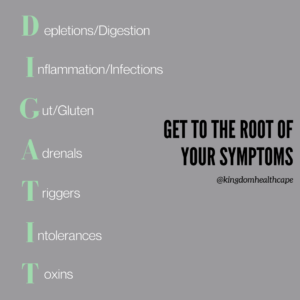 Here at Kingdom Health, we do not guess – we test. Our providers start care with in-depth functional testing – not your conventional lab work. We test based on your individual health history, your symptoms, and your lifestyle. And, the test we do are full panel tests so that we can uncover what is going on physiologically and biochemically.
Here at Kingdom Health, we do not guess – we test. Our providers start care with in-depth functional testing – not your conventional lab work. We test based on your individual health history, your symptoms, and your lifestyle. And, the test we do are full panel tests so that we can uncover what is going on physiologically and biochemically.
 Don’t Weight! A Better Approach to Healthy Weight
Don’t Weight! A Better Approach to Healthy Weight